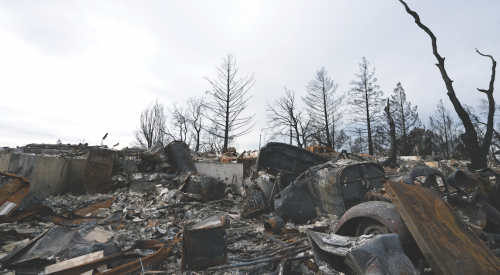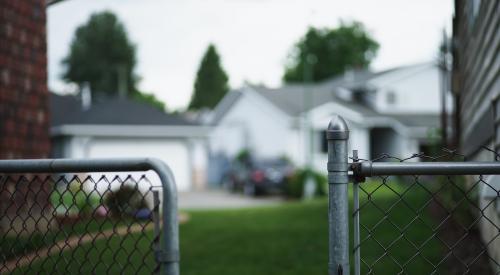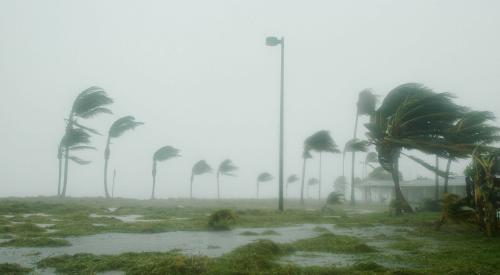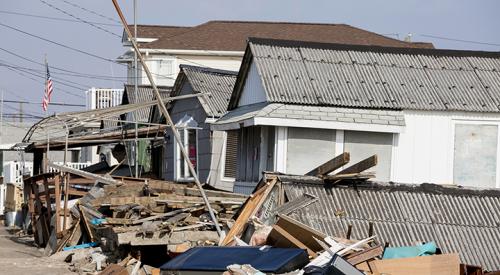Houston's growth model has drawn criticism from housing experts, journalists, and locals, but Center for Opportunity Urbanism executive director Joel Kotkin unpacks why this brand of urbanism works, and should remain in place ahead of future extreme weather events.
Kotkin writes that of all the biggest U.S. metros, Houston "excels at accommodating minority aspirations, ranking first for homeownership for African Americans, second for Asians, and tied for the lead for Latinos with Dallas-Fort Worth and Atlanta, "a critical signal of upward social mobility," and the city's housing affordability helps spur job growth. Yet, in the wake of Hurricane Harvey, a new regulation requiring houses be raised off the ground may disproportionately negatively impact heavily minority areas and the city's poor and elderly, but has become a win for local "smart growth" advocates. Greg Travis, Houston District G City Council representative, says, “The city has been underfunding drainage improvements for decades, and now we want to make everyone elevate. City Hall needs to take responsibility for flooding instead of pushing it onto homeowners.”
Writing for City Journal Magazine, Kotkin says, "The battle within Houston boils down to emphasizing regulatory restraints, rather than infrastructure," as a way to prepare for future extreme climate events. Smart growth lobbyists push for restricting suburban sprawl, while recent research finds that Houston's newer suburbs withstood last year's flooding better than communities in the city. Quoting fellow urbanist Alan Berger, Kotkin echoes the sentiment that suburban areas could provide “a new paradigm for managing storm water” and that the best solutions “will be those that shift away from mono-functional, centralized infrastructure.”
Over the last half-century, Houston has developed an alternative model of urbanism. As the New Urbanist punditry mounts an assault on both suburban growth and single-family homes, Houston has embraced a light regulatory approach that reflects market forces more than ideology. But last year’s Hurricane Harvey floods severely tested the Houston model. An unprecedented four feet of rain in four days—a year’s worth, the greatest rainfall event in recorded U.S. history—overflowed the banks of every channel in Harris County, flooded nearly 100,000 homes (7 percent of the housing stock), and created an estimated $81.5 billion in damage, the nation’s second-largest natural disaster after Hurricane Katrina.












